Antique glass tile is a captivating and elegant element that has a illustrious history. Its exquisite craftsmanship and vibrant colors have made it a popular choice for both historical restoration projects and contemporary designs. In this article, we will delve into the rich history, intricate manufacturing process, and the various uses of antique glass tile. From its origins in ancient civilizations to its continued popularity in modern day, antique glass tile has truly stood the test of time. I. A Glimpse into History: 1. Ancient Origins: – The roots of antique glass tile can be traced back to ancient civilizations like Mesopotamia, Egypt, and Rome. – The use of glass tiles in architectural designs and decorative arts can be found in ancient Egyptian temples, Roman bathhouses, and Byzantine mosaics. – Glass tiles were treasured for their ability to reflect light and create a luminous ambiance.

.
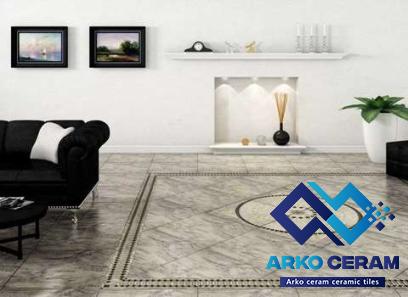 2. Renaissance Revival: – During the Renaissance period, interest in classical art and architecture was reignited. – Artists and architects began to incorporate glass tiles into their works, drawing inspiration from ancient designs. – The Vatican Museums and St. Mark’s Basilica in Venice are famous examples of Renaissance structures adorned with glass tiles.
2. Renaissance Revival: – During the Renaissance period, interest in classical art and architecture was reignited. – Artists and architects began to incorporate glass tiles into their works, drawing inspiration from ancient designs. – The Vatican Museums and St. Mark’s Basilica in Venice are famous examples of Renaissance structures adorned with glass tiles.
..
 3. Industrial Revolution: – The Industrial Revolution in the 19th century brought about advancements in glass manufacturing techniques. – Production of glass tiles became more streamlined and affordable, making them accessible to a wider audience. – Victorian-era homes often featured glass tile fireplaces, backsplashes, and decorative accents. II. The Manufacturing Process: 1. Glass Composition: – Antique glass tile is primarily made from silica, soda ash, and lime, with trace amounts of colorants and stabilizers. – The exact composition and manufacturing process have evolved over time, resulting in varying levels of glass quality. 2. Artistry and Craftsmanship: – Antique glass tiles were traditionally handcrafted, ensuring a level of artistry and uniqueness. – The glass was melted and poured into molds to create tile shapes, which were then hand-cut and polished. – Intricate patterns and designs were achieved by layering different colors of molten glass and manipulating it with specialized tools.
3. Industrial Revolution: – The Industrial Revolution in the 19th century brought about advancements in glass manufacturing techniques. – Production of glass tiles became more streamlined and affordable, making them accessible to a wider audience. – Victorian-era homes often featured glass tile fireplaces, backsplashes, and decorative accents. II. The Manufacturing Process: 1. Glass Composition: – Antique glass tile is primarily made from silica, soda ash, and lime, with trace amounts of colorants and stabilizers. – The exact composition and manufacturing process have evolved over time, resulting in varying levels of glass quality. 2. Artistry and Craftsmanship: – Antique glass tiles were traditionally handcrafted, ensuring a level of artistry and uniqueness. – The glass was melted and poured into molds to create tile shapes, which were then hand-cut and polished. – Intricate patterns and designs were achieved by layering different colors of molten glass and manipulating it with specialized tools.
…
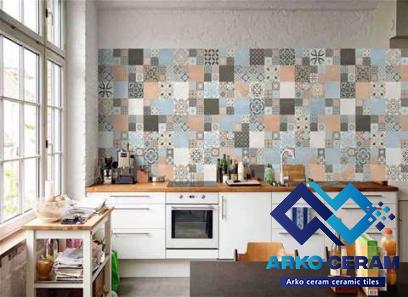 3. Fusing and Annealing: – Once the desired design was created, the glass tiles were fused in kilns at precise temperatures. – This process allowed the tiles to bond together and become structurally sound. – Annealing, which involves slowly cooling the tiles to release internal stresses, was also an essential step in the manufacturing process. 4. Surface Treatments: – Surface treatments, such as etching, engraving, and painting, were often employed to enhance the visual appeal of the glass tiles. – Acid etching created a frosted or translucent effect, while hand-painted details added depth and dimension. III. The Versatility of Antique Glass Tile: 1. Architectural Applications: – Antique glass tiles are frequently used in architectural restoration projects, preserving the historical integrity of buildings. – These tiles can be found in decorative friezes, murals, flooring, and intricate mosaics. – The reflective properties of glass create a sense of spaciousness and elegance in interiors. 2. Decorative Accents: – Antique glass tile is also utilized as decorative accents in various applications. – It can be incorporated into fireplace surrounds, kitchen backsplashes, and bathroom walls to add a touch of elegance and charm. – The unique colors and luminescence of antique glass tiles make them an appealing choice for creating eye-catching focal points.
3. Fusing and Annealing: – Once the desired design was created, the glass tiles were fused in kilns at precise temperatures. – This process allowed the tiles to bond together and become structurally sound. – Annealing, which involves slowly cooling the tiles to release internal stresses, was also an essential step in the manufacturing process. 4. Surface Treatments: – Surface treatments, such as etching, engraving, and painting, were often employed to enhance the visual appeal of the glass tiles. – Acid etching created a frosted or translucent effect, while hand-painted details added depth and dimension. III. The Versatility of Antique Glass Tile: 1. Architectural Applications: – Antique glass tiles are frequently used in architectural restoration projects, preserving the historical integrity of buildings. – These tiles can be found in decorative friezes, murals, flooring, and intricate mosaics. – The reflective properties of glass create a sense of spaciousness and elegance in interiors. 2. Decorative Accents: – Antique glass tile is also utilized as decorative accents in various applications. – It can be incorporated into fireplace surrounds, kitchen backsplashes, and bathroom walls to add a touch of elegance and charm. – The unique colors and luminescence of antique glass tiles make them an appealing choice for creating eye-catching focal points.

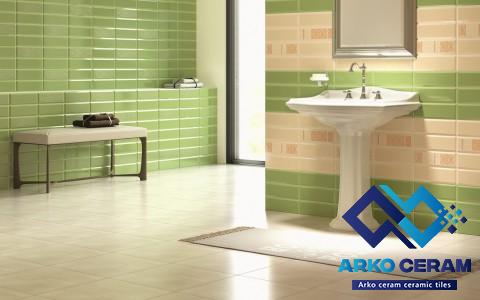
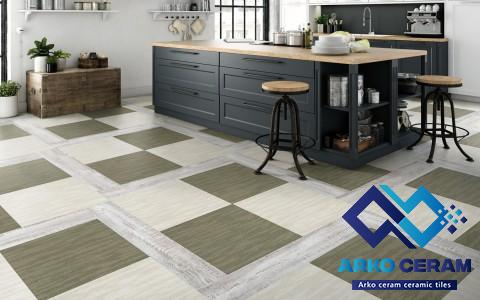
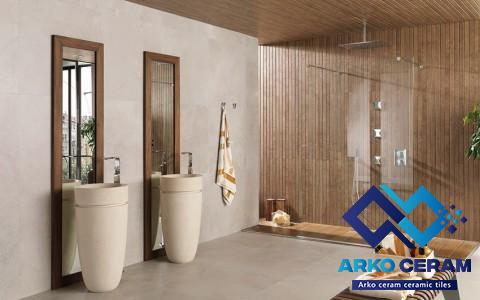




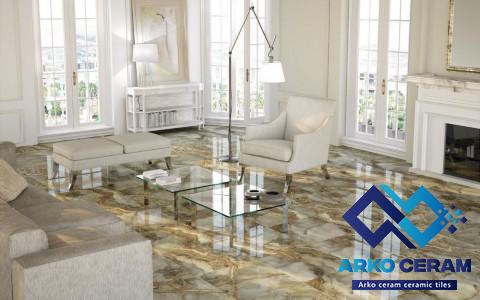
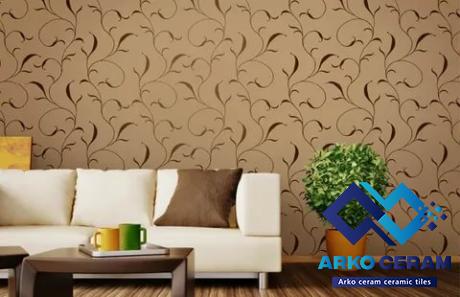
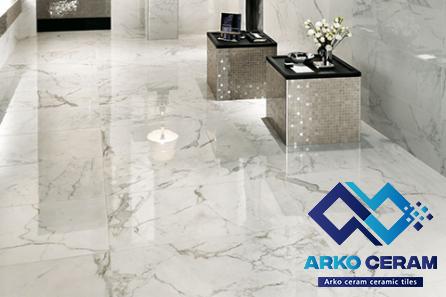
Your comment submitted.